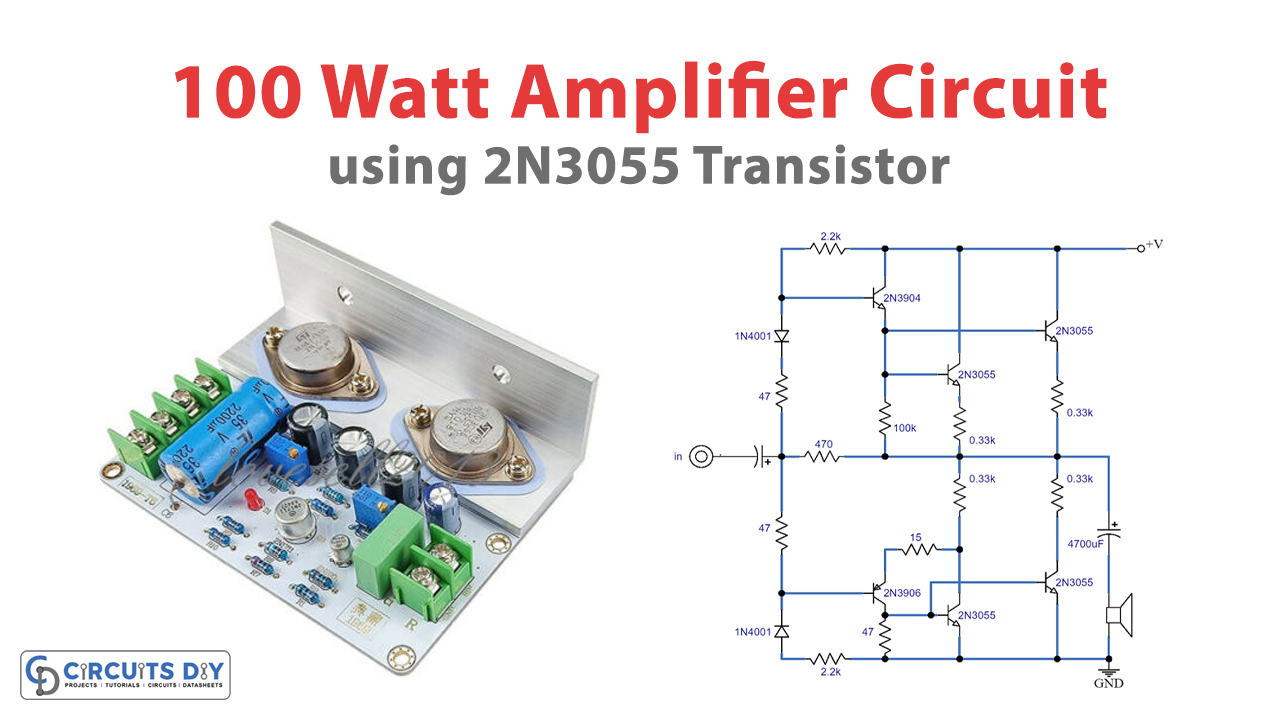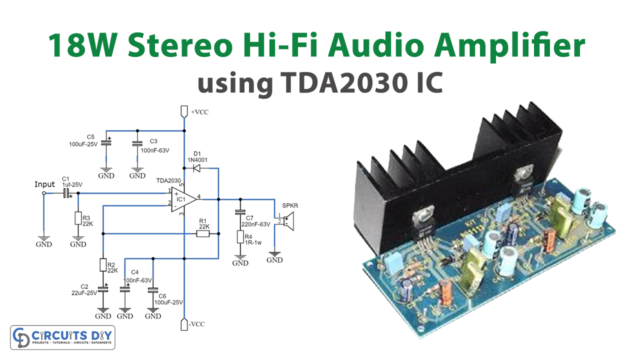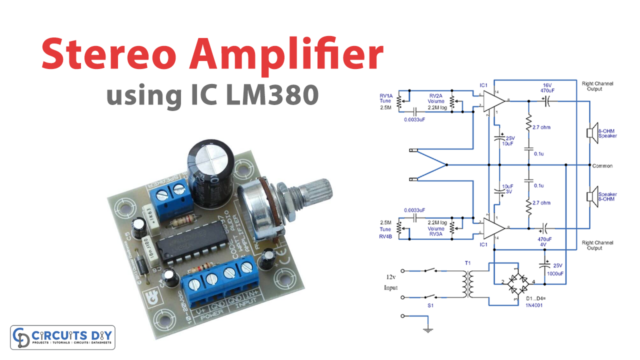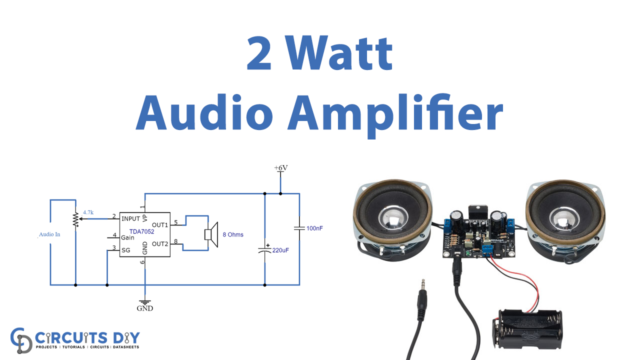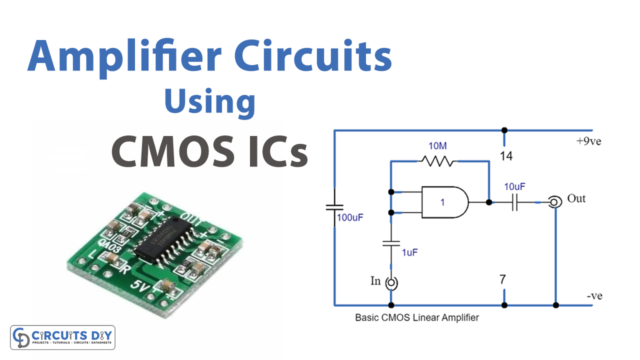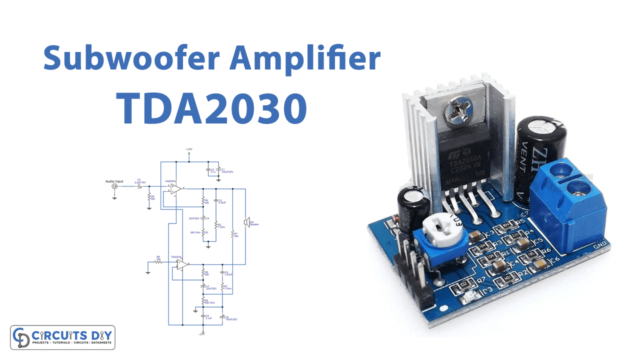Introduction
Electronics enthusiasts, gear up! Today we embark on a thrilling journey of creating a simple 100-watt amplifier circuit using 2N3055 transistors. Get ready to witness the magic of electricity as we turn a few components into a powerhouse of sound.
The 2N3055 transistor’s robust power handling capability and low cost make it the perfect choice for our amplifier circuit. Follow these steps carefully, and before you know it, you’ll be rockin’ and rollin’ with your very own 100-watt amplifier. Let’s get started!
Hardware Required
You will require the following hardware for 100 Watt Amplifier Circuit.
| S.no | Components | Value | QTY |
|---|---|---|---|
| 1 | Bridge Rectifier | – | 1 |
| 2 | Transformer | 0.5V / 2amp | 1 |
| 3 | Polar capacitor | 1uF, 4700uF | 1, 3 |
| 4 | Non polar capacitor | 100nF | 1 |
| 5 | Resistor | 2.2k, 47, 100, 470, 15, 0.33 | 2, 3, 1, 1, 1, 4 |
| 6 | Diode | 1N4001, 2N3906 | 1, 1 |
| 8 | Transistor | 2N3904, 2N3906, 2N3055 | 1, 1, 4 |
| 9 | Speaker | – | 1 |
| 10 | Switch | – | 1 |
Circuit Diagram
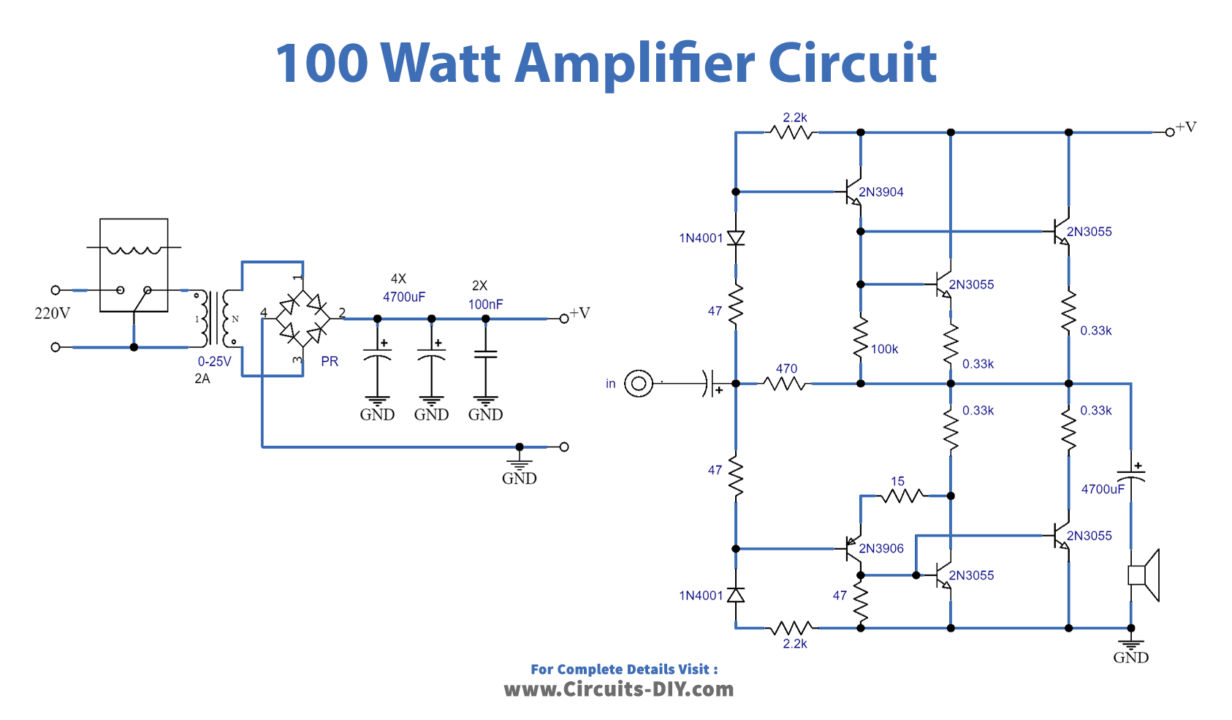
Explanation of Circuit
This Simple 100-watt amplifier Circuit has an input stage that creates a couple of current driver transistor stages that trigger the power BJTs in the output stage. Mount the 2N3055 power transistors in the output stage on large heat sinks to keep them cool and functioning efficiently. The diagram shows the pinout details of the transistors used in this circuit.

Use a power supply rated at 80V and insert a series capacitor between the output stage and the speaker. This blocks the DC supply from entering the speaker and only allows amplified 100-watt music power to pass through.
For a mono amplifier, rate the power supply at 1.5 amps. For stereo, rate it at 3 amps. And, for quadraphonic, rate the transformer at 6 amps minimum.
Final Words
In conclusion, building a simple 100-watt amplifier circuit using 2N3055 transistors is a fun and rewarding project for electronics enthusiasts. With just a few easily available components and patience, you can create a powerful amplifier that produces high-quality sound.
We hope this article has been helpful in guiding you through the process of building your own amplifier. If you have any questions or feedback, feel free to reach out. We’d love to hear from you.


